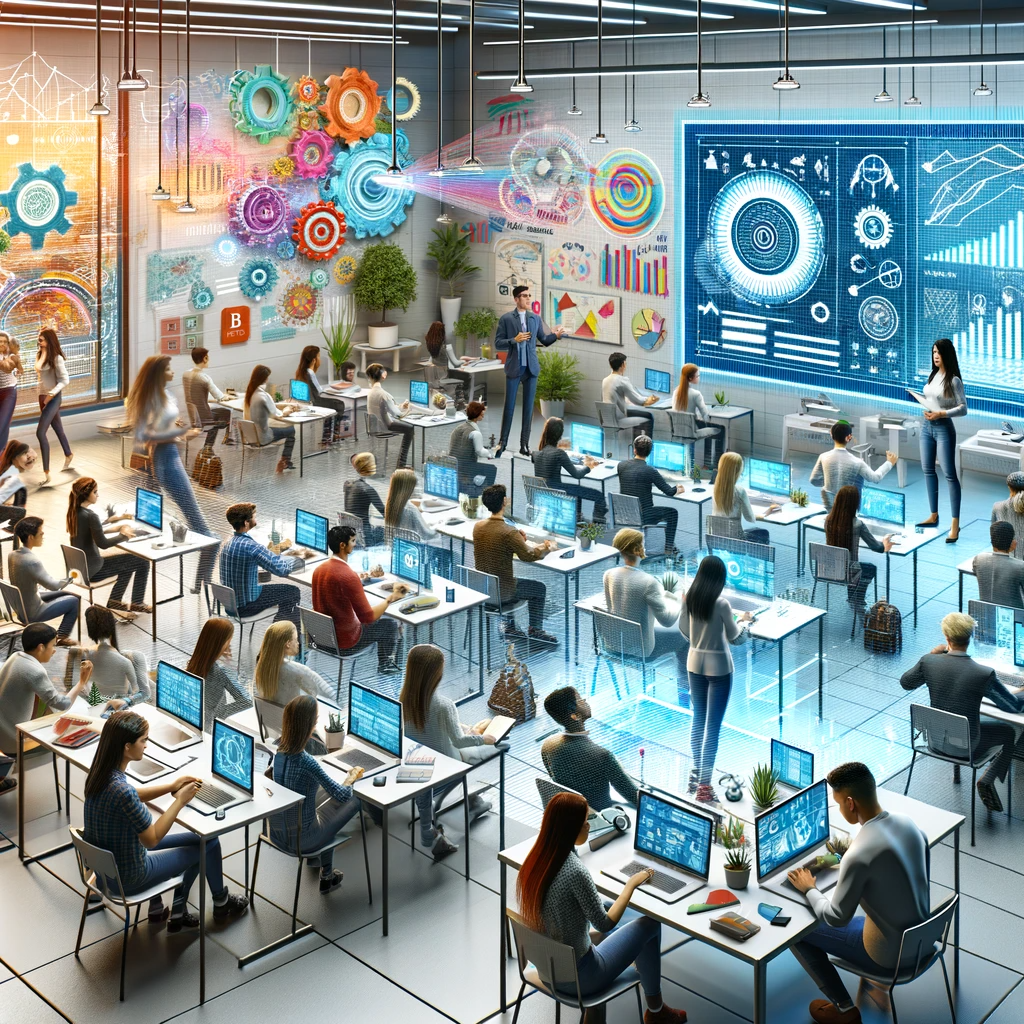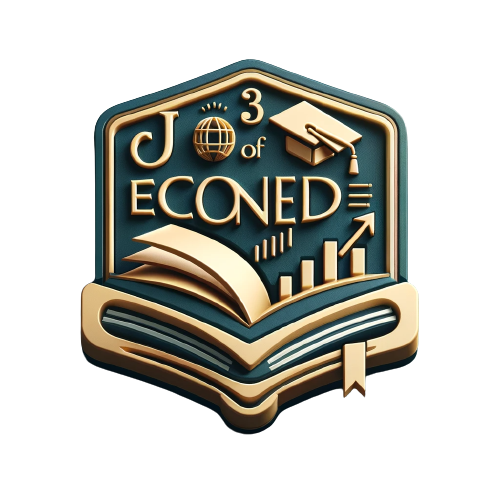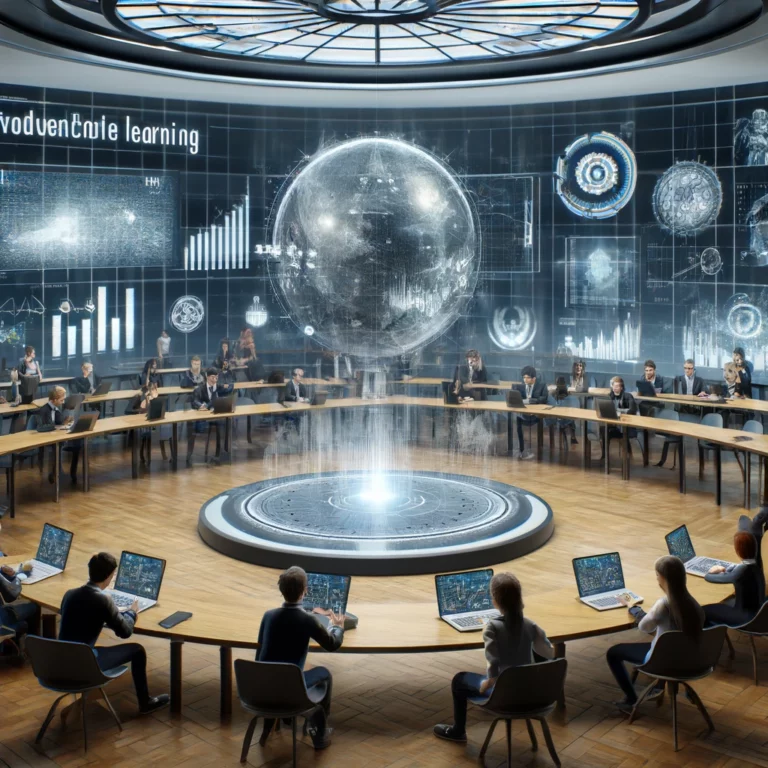Revolutionizing Economics Education: Innovative Approaches for the Modern Learner
Economics, a subject integral to understanding the complexities of the world, is undergoing a significant transformation in its teaching methodologies. Traditional approaches, often criticized for their lack of engagement and real-world application, are giving way to innovative practices. These new methods are designed to resonate with the modern learner, making economics both accessible and relevant.

The Need for Innovation in Economics Education
Challenges of Traditional Teaching Methods:
The conventional lecture-based approach in economics education has been found lacking in fostering critical thinking and practical application. This method often leads to passive learning, where students are mere recipients of information, rather than active participants in their learning journey.
The Changing Profile of the Economics Learner:
Today’s learners are tech-savvy, socially aware, and expect interactive and practical learning experiences. They seek education that is not only intellectually stimulating but also relevant to the real world.
Bridging the Gap between Theory and Practice:
The key to successful economics education lies in bridging the gap between theoretical knowledge and its practical application. This involves using teaching methods that not only impart knowledge but also develop critical thinking and analytical skills.
Technological Integration in Economics Teaching
Digital Platforms and Online Resources:
The use of digital platforms and online resources has transformed the landscape of economics education. These tools offer an abundance of information and foster a more interactive learning environment.
Interactive Simulations and Economic Modeling:
Interactive simulations and economic modeling tools allow students to understand complex economic theories through practical, hands-on experience. This approach helps demystify abstract concepts and demonstrates their application in real-world scenarios.
Utilizing Data Analytics and Big Data in Teaching:
Incorporating data analytics and big data into the curriculum prepares students for the data-driven world of modern economics. It equips them with the skills needed to analyze and interpret large datasets, a crucial aspect of today’s economic analysis.
Collaborative and Experiential Learning
The Role of Group Projects and Peer-to-Peer Learning:
Collaborative projects and peer-to-peer learning encourage students to engage with one another, fostering a deeper understanding of economic concepts through discussion and teamwork.
Case Studies and Real-World Problem Solving:
Using real-world case studies allows students to apply economic theories to actual problems, enhancing their problem-solving skills and understanding of the subject matter.
Internships and Industry Partnerships:
Internships and partnerships with industry leaders provide invaluable practical experience, bridging the gap between academic learning and real-world economics.
Inclusivity and Diversity in Economics Education
Addressing Cultural and Socioeconomic Diversity:
An inclusive curriculum that reflects diverse perspectives is vital. It ensures that all students, regardless of their background, feel represented and valued in the learning process.
Gender Inclusivity in Economics Curriculum:
Promoting gender inclusivity in economics education encourages a more balanced and comprehensive understanding of economic issues, paving the way for greater gender diversity in the economics profession.
Tailoring Education to Varied Learning Styles:
Recognizing and accommodating different learning styles is crucial. It ensures that all students have the opportunity to succeed and benefit from the education provided.
The Future of Economics Education
Emerging Trends and Predictions:
The future of economics education lies in adapting to the evolving needs of students and the global economy. This includes a greater emphasis on sustainability, ethics, and digital literacy.
The Role of Globalization and International Perspectives:
In an increasingly interconnected world, understanding global economic systems and perspectives is vital. Educators must incorporate international case studies and examples to provide a well-rounded education.
Preparing Students for a Dynamic Economic Landscape:
The ultimate goal of economics education is to prepare students for the dynamic and ever-changing economic landscape. This involves not just teaching economic theories but also equipping students with the skills to adapt and thrive in a global economy.
Conclusion
The revolution in economics education is not merely a shift in teaching methods; it is a comprehensive approach to preparing students for the complexities of the modern world. By adopting innovative teaching practices, we can make economics education more relevant, engaging, and effective, ensuring that students are well-equipped to navigate and contribute to the economic realities of the 21st century.

